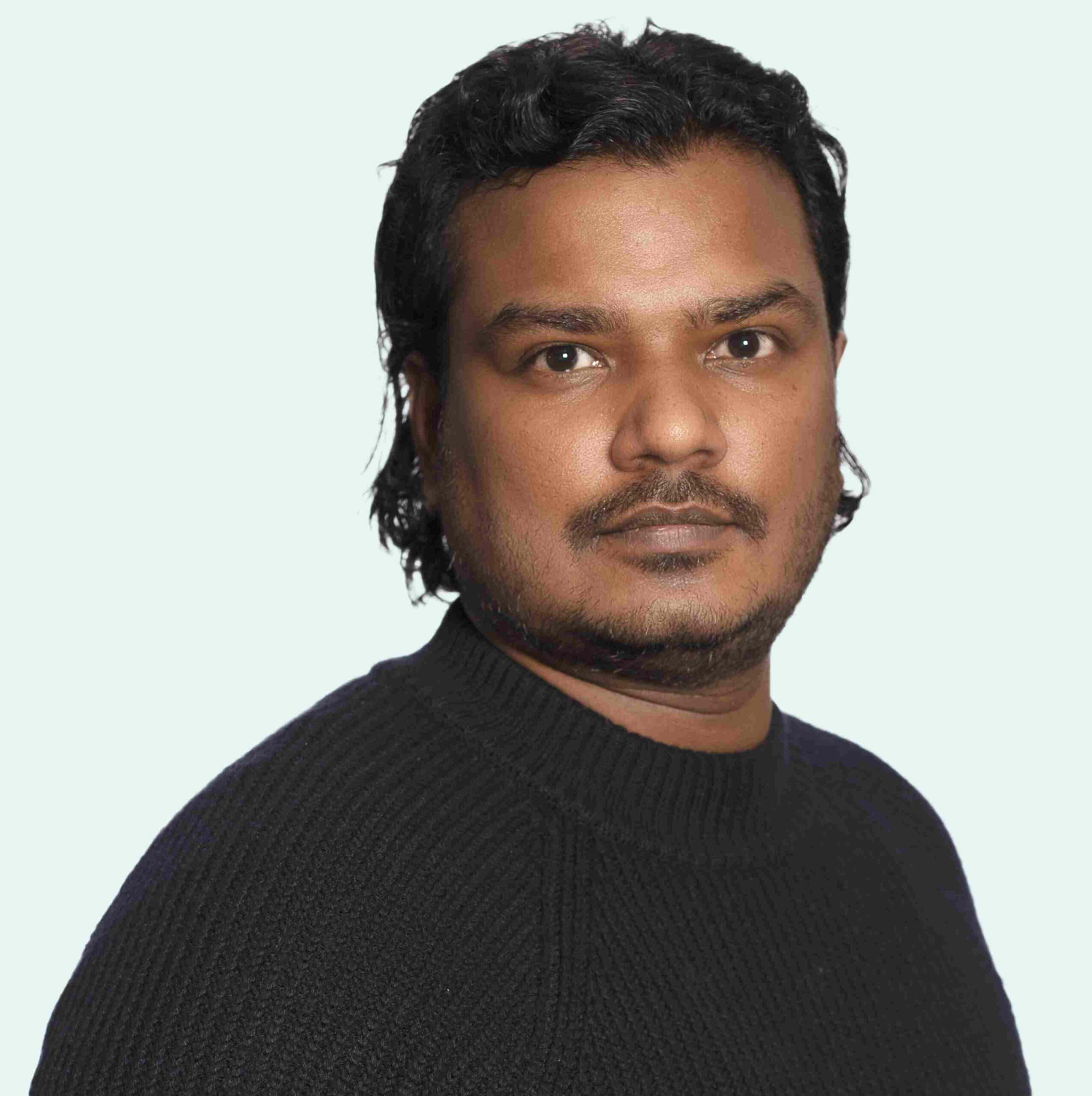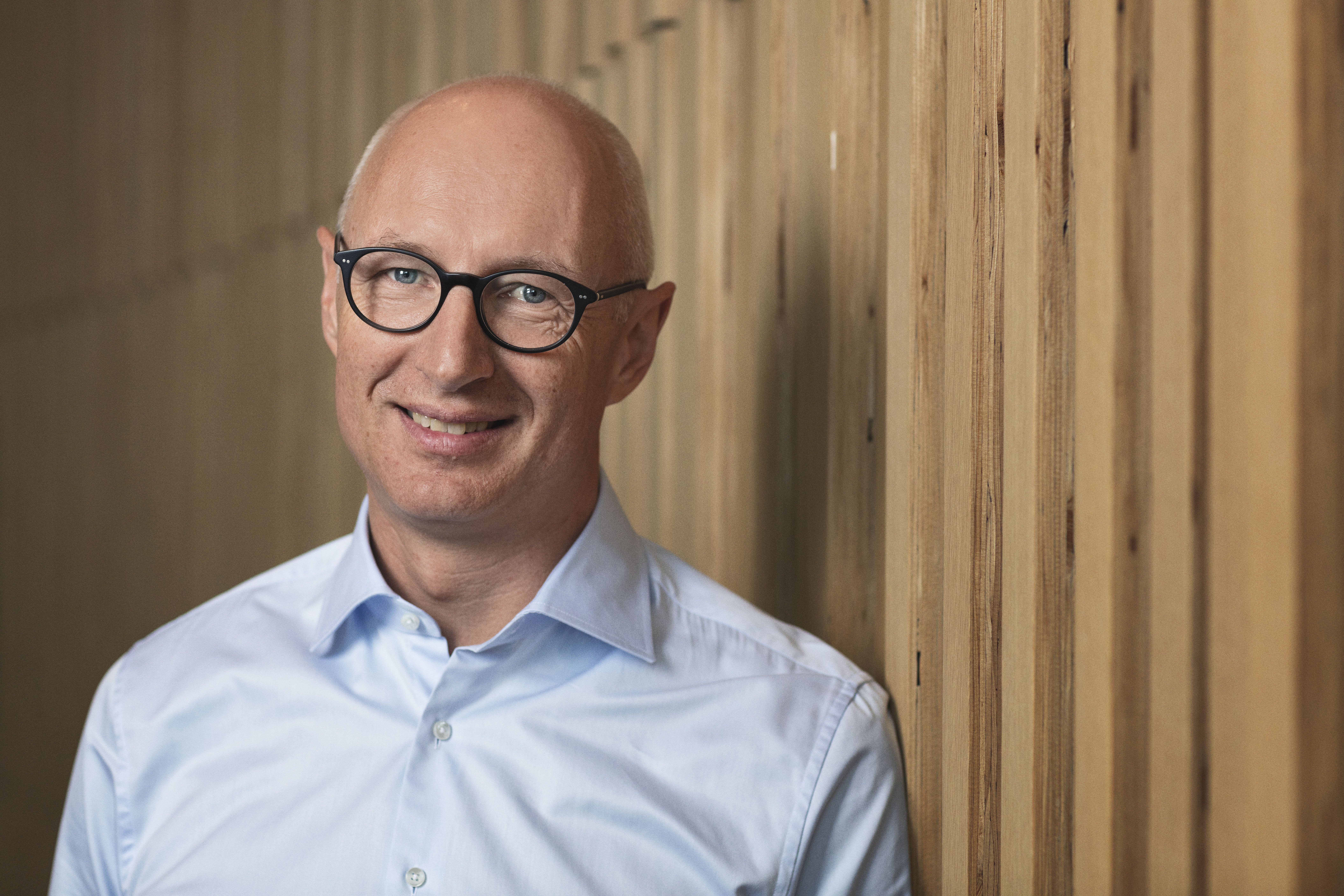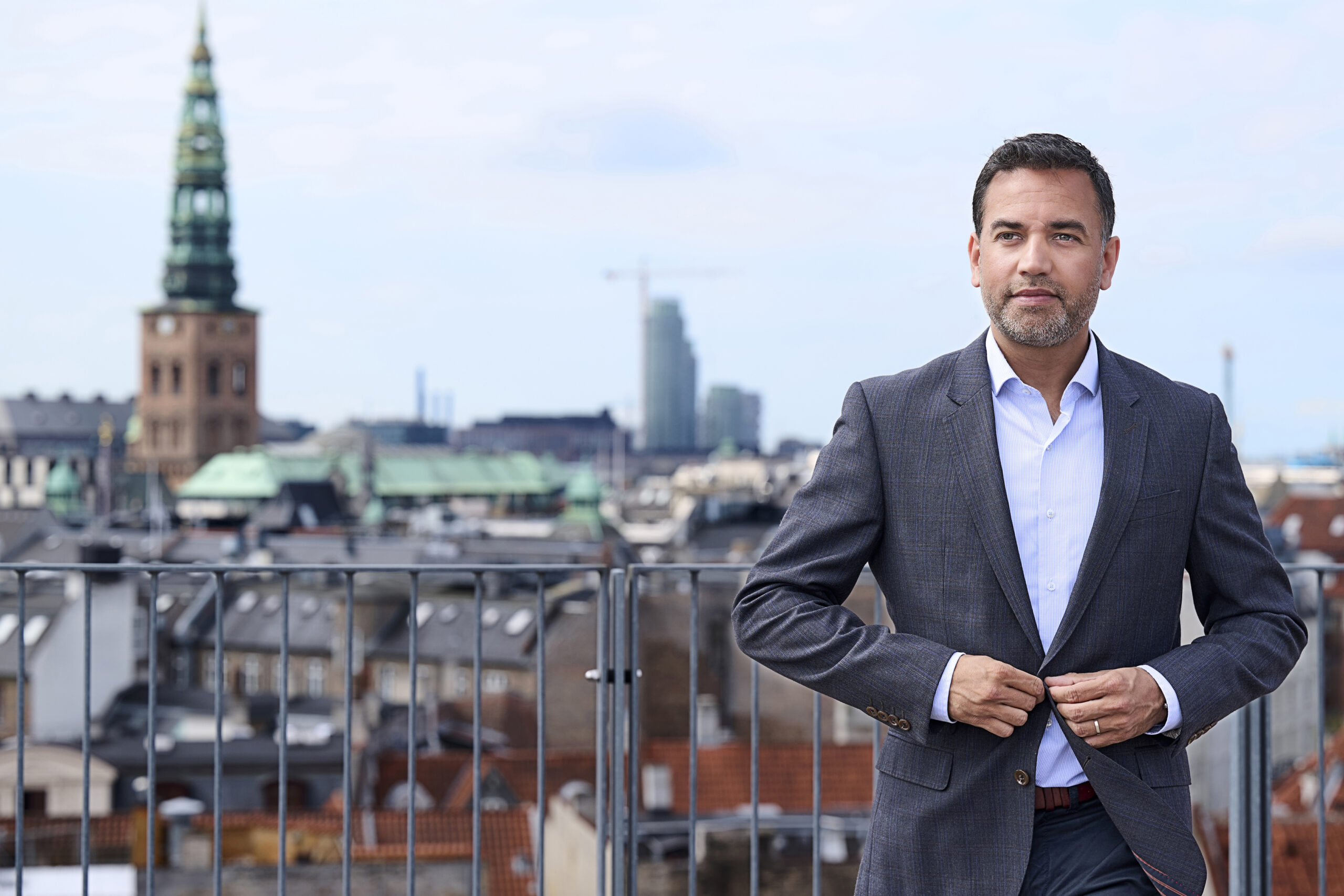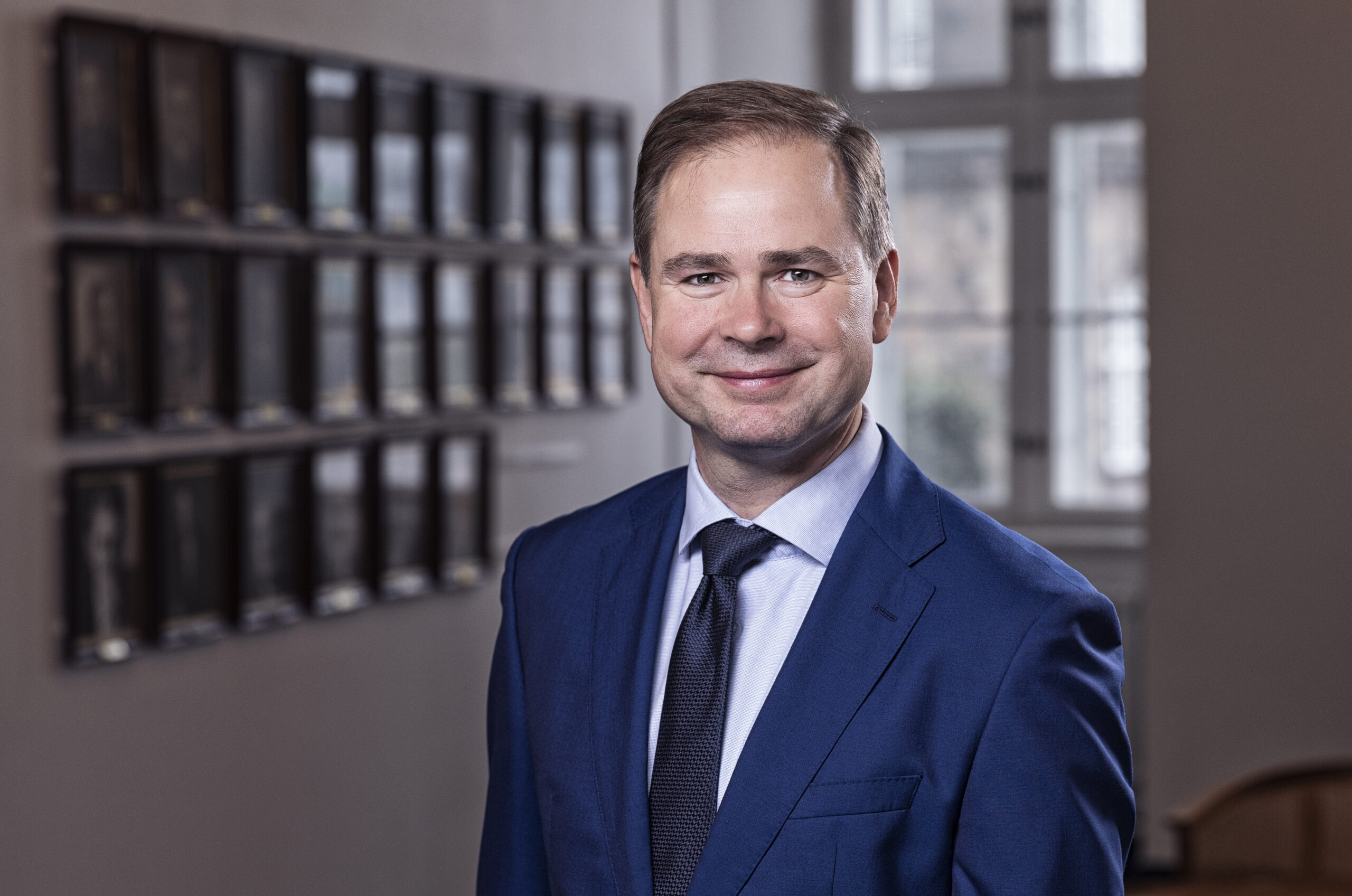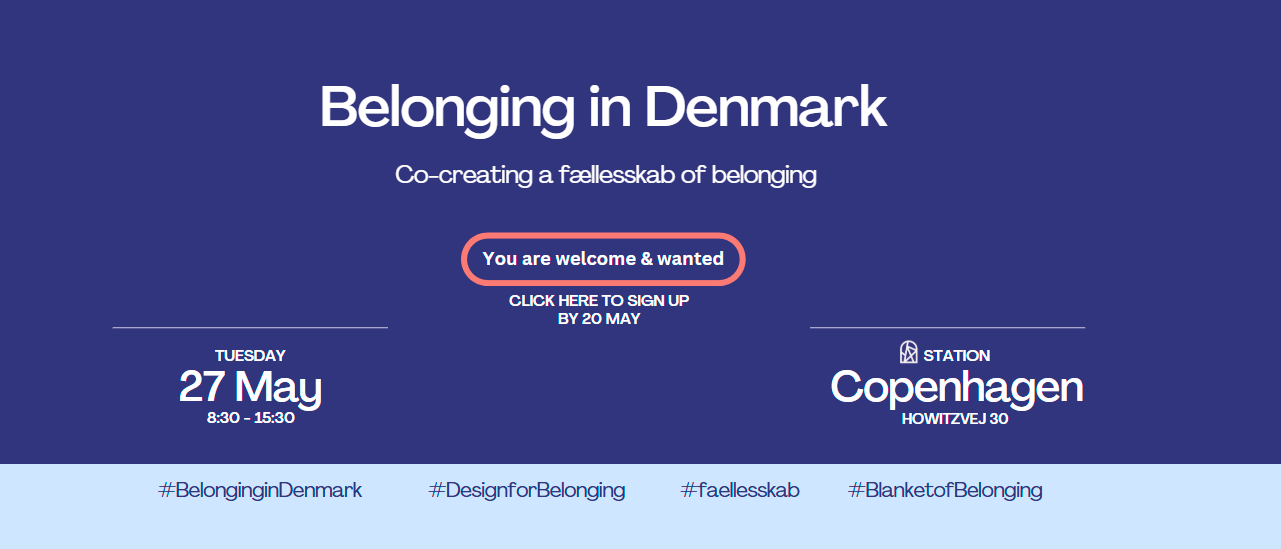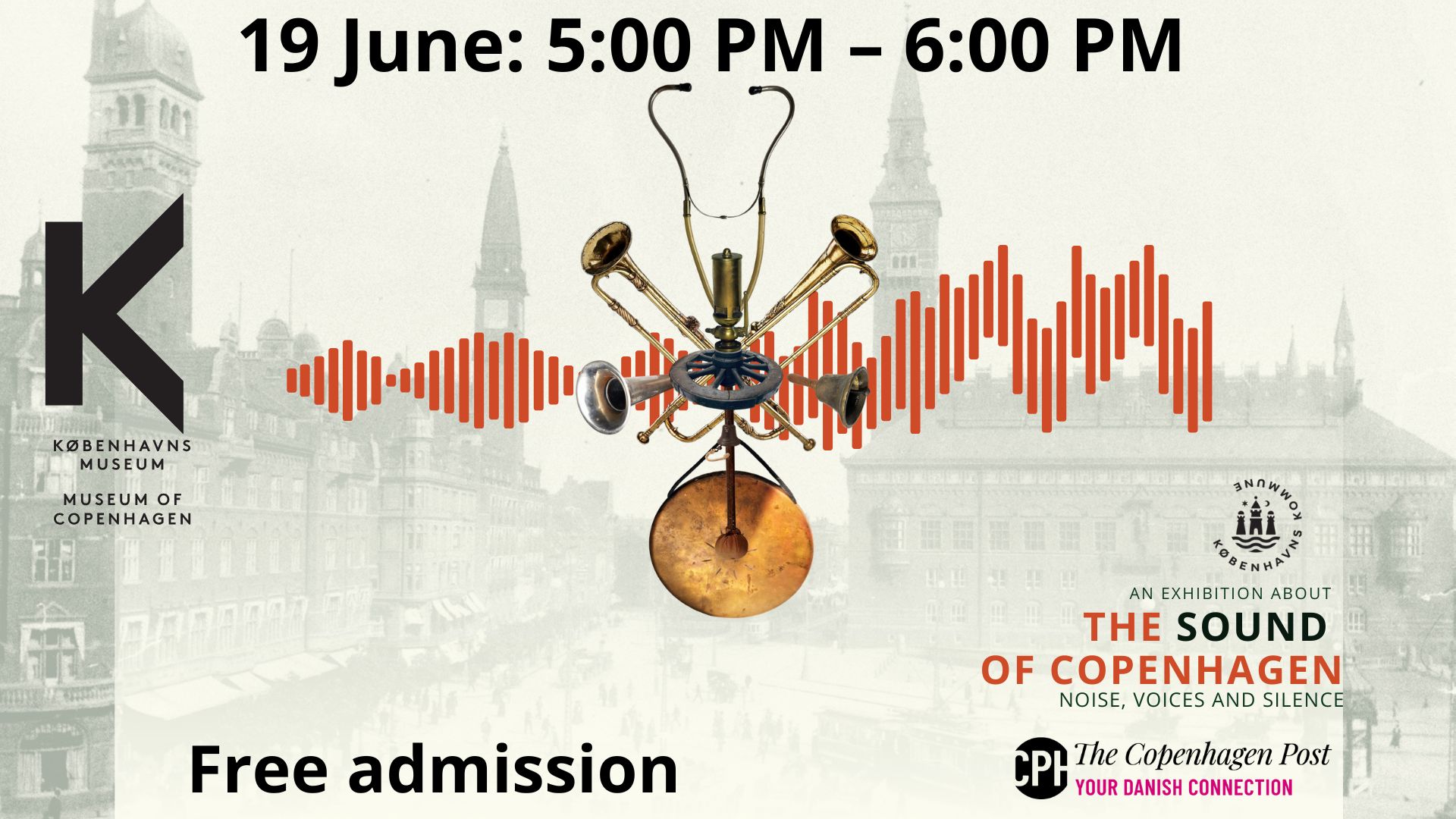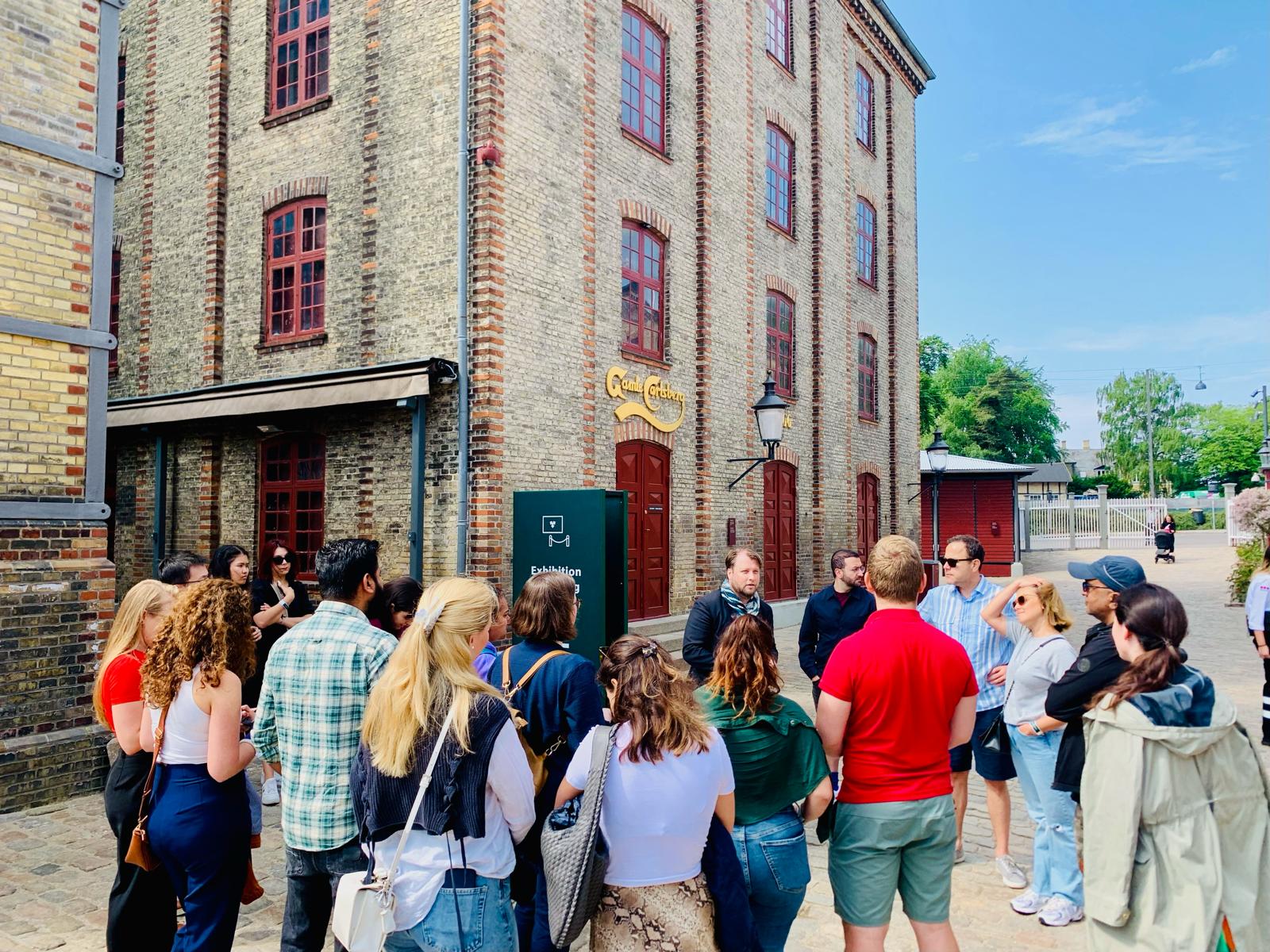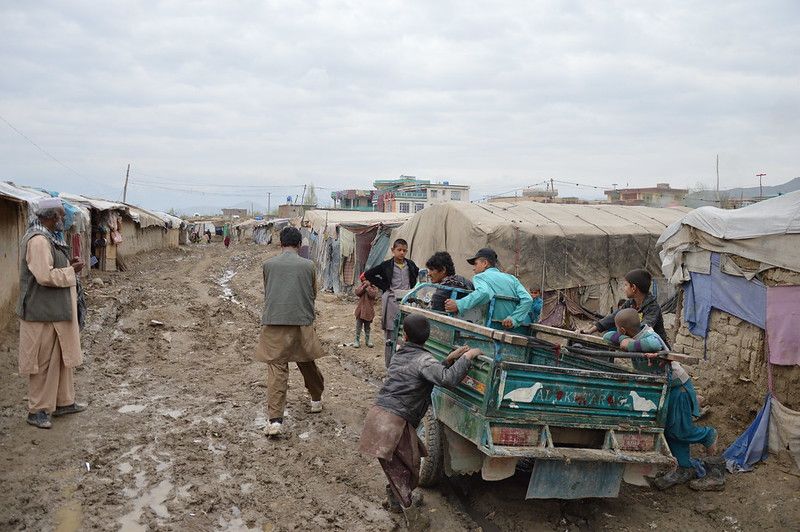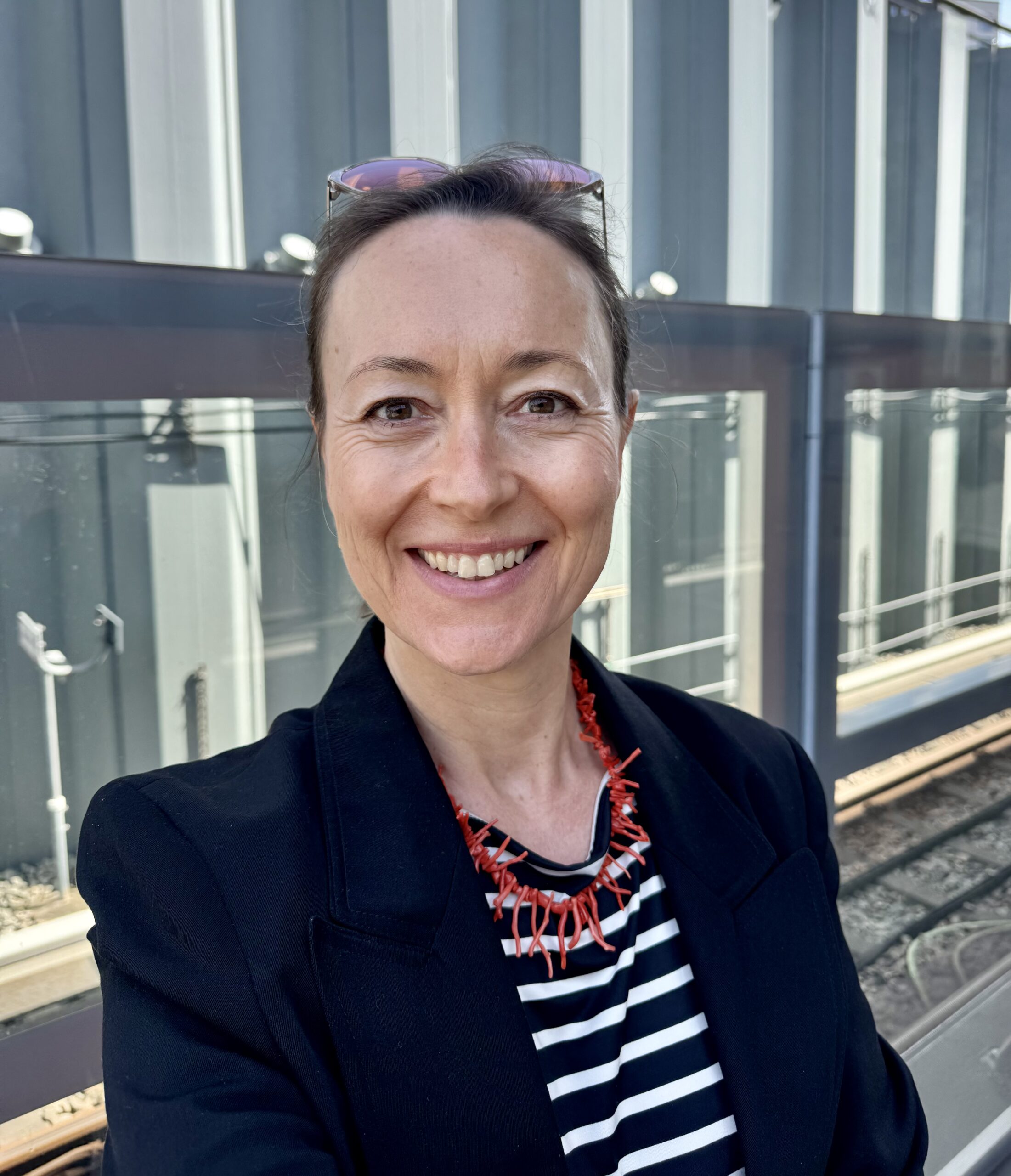Perker is the most commonly used racial slur for Middle Eastern immigrants in Denmark, so it surprised many when DR decided to use it in the title of its new documentary series about the lives of refugees, immigrants and their descendants in Denmark, which started last week.
According to Pia Jarvad, a senior researcher with the national language board Dansk Sprognævn, DR is treading on thin ice with its choice of 'PerkerDansk'. It is up to the recipients of racial slurs to normalise them, she argues.
While the highly offensive term 'perker' might be slowly becoming part of normal Danish language as younger immigrants increasingly use it to describe themselves, she contends, DR shouldn't be paving the way for it to become acceptable.
Too early to use it
“It is too early for DR to use the term,” she said. “There are lots of people coming from these countries who find the word insulting, so it's not acceptable yet. And it shouldn't be the ethnic Danes who contribute to the word 'perker' becoming accepted in Denmark, it should be up to themselves.”
Jarvad compared the use of the word to that of 'bøsser', a commonly used term for homosexual that used to be offensive, but like 'queer' has been neutralised over time.
“One of the points is that if you accept a word about yourself, you can also expect others to use that word, but you have to be sure that it is acceptable by the people the word portrays, such as the word 'bøsser' in Denmark,” she said.
However, the term 'bøsse' is now completely accepted by the gay community as a word that is not derogatory, and 'perker' seems to be going in the same direction, Jarvad suggests.
Making it their own
Søren Laursen, a spokesperson for the LGBT advocacy organisation LGBT Danmark, agreed with Jarvad that the slur must be accepted and 'owned' by the minority that it describes.
He points to the history of the word 'bøsse', which was a derogatory word until the late 1970s when it became mainstream and acceptable thanks to the LGBT community making the word their own.
“If we hadn't taken the word 'bøsse' ourselves, then it could still be derogatory. In that way we took away the negative connotation of the term. Back then it was a political decision to take the word away from the oppressors using the term and claim it for ourselves. And that was a very good decision.”
In terms of 'perker', Laursen said that it could become part of acceptable language, but it would need political drive and hard work.
“We took everything about the word and mainstreamed it into the LGBT community. We started using it in all communication and asked the press to use it, so we actively came out of our community and taught the rest of the population to use it, because we wanted them to use it. It was an active process.”
“It dehumanises”
According to Solomon Lyttle, the British owner of Black Pop Contemporary Art Gallery in Copenhagen and an ambassador for the expat networking organisation InterNations Copenhagen, normalising 'perker' would not be a sign of progress.
“Things have drastically changed in many countries in Europe, but Denmark seems to be lagging behind somewhat,” he said.
Lyttle particularly takes issue with the Danes' liberal use of the word 'neger' ('negro').
“The word ‘negro’ is not acceptable in English," he argued.
"Because it dehumanises. Because of its association with slavery. Because of how it makes people feel to be described in those terms. Because it is a reminder of a painful chapter in history and all the negativity that went along with it.”
A shorter version of this story appeared on cphpost.dk on January 7.
Factfile: 'Perkerdansk'
'Perkerdansk' is used to describe a variety of Danish that is spoken by immigrants – particularly those from the Middle East and their descendants.
Its usage became widespread in 1998 when two language researchers Jens Normann Jørgensen and Tore Kristiansen used it in an opinion piece in Politiken.
Their piece, which was entitled “Pæredansk eller perkerdansk” (“Completely Danish or Perker Danish”), attempted to clear up a number of misconceptions about language used by immigrants.
According to the slang dictionary Slangordbogen 1997, the word 'perker' might have derived from a mix of the Danish word for Persian 'perser' and Turk 'Tyrker'.
The term ‘Pæredansk’ was possibly first coined by HC Andersen in his 1874 short story ‘The Rags’ in which he used it to refer to a Dane being Danish to the core.


